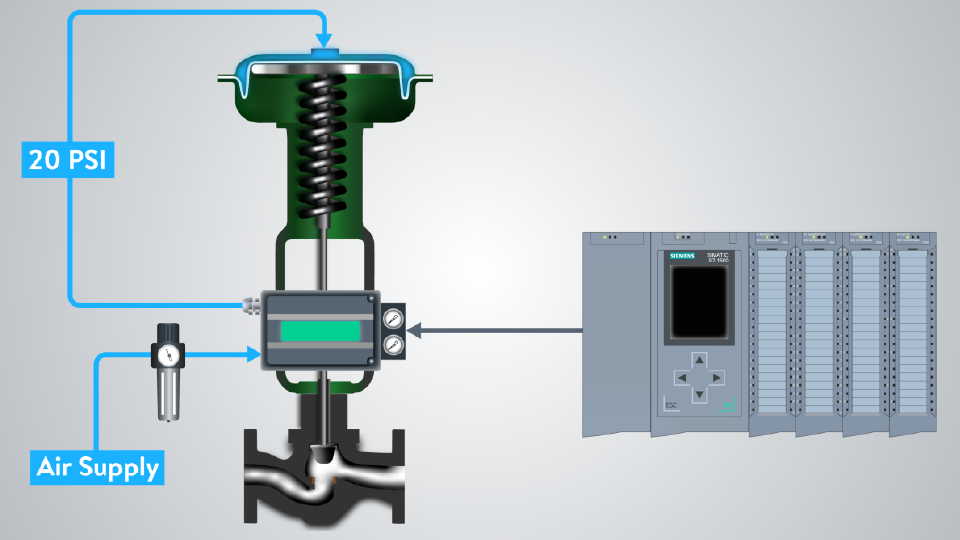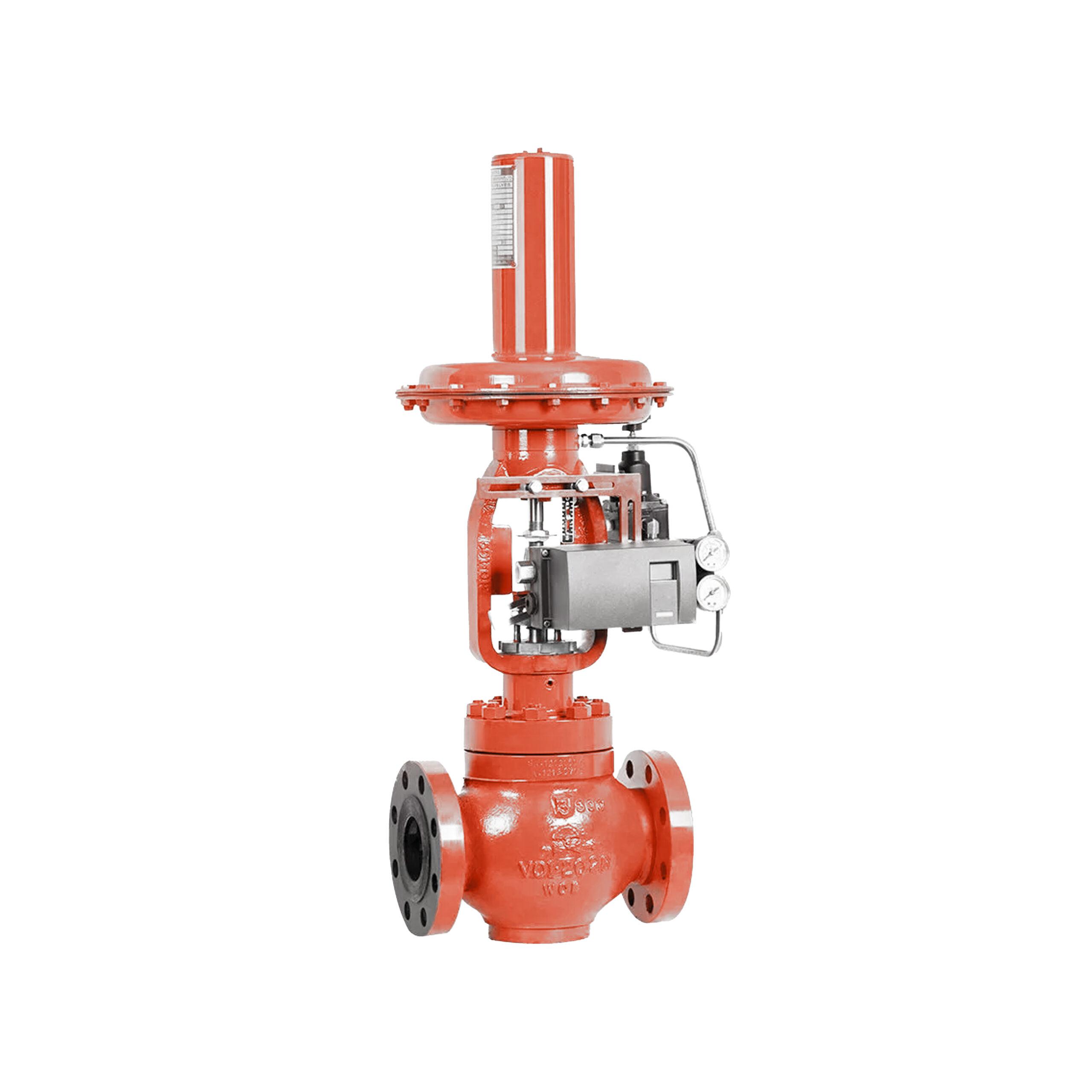How Control Valves Impact Power Efficiency in Industrial Settings
How Control Valves Impact Power Efficiency in Industrial Settings
Blog Article

Maximize Energy Financial Savings and Comfort With Advanced Building Automation Controls
In the world of contemporary style and facility management, the combination of sophisticated building automation manages stands as a crucial innovation. The merging of innovation and sustainability has actually birthed a new period where energy efficiency, convenience optimization, and functional streamlining are no longer remote ambitions yet attainable realities. By using the power of automation, structures can adapt, respond, and develop in manner ins which were once inconceivable. The possibility for considerable energy cost savings and enhanced comfort is not just an assurance but an opportunity waiting to be satisfied. This standard shift in building monitoring holds the vital to unlocking a globe where ecological conscientiousness and resident wellness sympathetically coexist within the wall surfaces of our frameworks.
Power Effectiveness Advantages
Energy efficiency advantages can substantially minimize energy intake and operational prices in buildings. By implementing energy-efficient techniques and innovations, building proprietors and operators can accomplish significant cost savings while likewise contributing to environmental sustainability. Among the key benefits of enhancing power effectiveness in structures is the reduction of energy bills. Energy-efficient systems, such as sophisticated building automation controls, can optimize the usage of resources like cooling, home heating, and lights, resulting in lower energy expenditures with time.
Furthermore, boosted power effectiveness can extend the lifespan of structure tools and systems. By operating more effectively, a/c systems, lighting fixture, and various other structure elements experience much less wear and tear, resulting in reduced maintenance and replacement costs. In addition, energy-efficient buildings typically command higher home worths and rental prices, giving lasting monetary advantages to proprietors.
In addition, power performance can boost passenger convenience and performance. Properly managed indoor atmospheres with ideal illumination and thermal problems develop a more pleasurable and conducive workspace, bring about boosted worker contentment and performance. In general, the energy performance advantages related to advanced building automation controls are multifaceted, incorporating expense savings, ecological stewardship, and passenger health.
Enhanced Convenience Control
Enhancing comfort control in building settings requires an innovative combination of innovative automation systems for optimum owner health. By using advanced building automation controls, centers can customize the indoor environment to meet the certain demands and choices of passengers. control valves.
Improved convenience control exceeds fundamental temperature adjustments. It includes functions such as customized settings, tenancy sensors, and all-natural light utilization to create a receptive and dynamic environment. By including these innovative controls, buildings can not just improve convenience but additionally enhance power effectiveness by enhancing system procedures based upon actual occupancy and use patterns. Inevitably, prioritizing passenger convenience via sophisticated automation systems leads to a much more satisfying and much healthier indoor environment.
Operational Effectiveness Improvements

Additionally, the implementation of real-time surveillance and analytics devices enables structure drivers to recognize power ineffectiveness and operational anomalies quickly. By constantly keeping track of power usage patterns and system efficiency metrics, modifications can be made in real-time to optimize power intake and make certain peak operational effectiveness. control valves. In addition, integrating demand action approaches into building automation controls can further enhance operational performance by dynamically adjusting energy use based upon grid conditions and rates signals
Indoor Environment Optimization
Reliable indoor climate optimization is a fundamental element of structure automation controls, ensuring passengers' comfort and well-being why not try here while maximizing power cost savings. By using advanced sensors and controls, developing automation systems can constantly keep track of and readjust temperature, humidity degrees, air quality, and ventilation to produce an optimum indoor atmosphere. Maintaining constant and comfortable conditions not just enhances occupant fulfillment however additionally increases productivity and general health.
Interior climate optimization likewise plays a crucial function in energy performance. By fine-tuning ventilation, cooling, and heating systems based on real-time data and occupancy patterns, developing automation controls can dramatically minimize energy usage - control valves. For example, executing strategies such as demand-controlled ventilation and thermal zoning can help minimize power waste while ensuring that each location of the building obtains the necessary conditioning.

Sustainable Atmosphere Development
Structure automation controls not just enhance interior environment conditions for power performance and owner convenience however additionally lay the foundation for creating a lasting setting with calculated administration of sources and systems. By integrating sophisticated structure automation modern technologies, such as sensing units, actuators, and intelligent software program, facilities can monitor and change energy use in real-time to minimize waste and reduce their carbon impact. These systems enable predictive upkeep, recognizing prospective issues prior to they escalate and maximizing equipment efficiency to enhance durability and efficiency.
Furthermore, sustainable setting creation extends past energy monitoring to include water preservation, waste reduction, and interior air top visit quality improvement. Structure automation controls can regulate water use, identify leaks, and guarantee proper garbage disposal techniques, adding to general sustainability initiatives. Furthermore, by keeping track of and managing air flow and filtering systems, these innovations enhance resident health and wellness and efficiency while lowering energy intake related to cooling and heating procedures.
Final Thought
In conclusion, advanced structure automation regulates offer significant benefits in regards to power savings, comfort control, operational effectiveness, interior climate optimization, and creating a lasting environment. By carrying out these controls, buildings can accomplish ideal efficiency while decreasing energy usage and boosting resident comfort. It is obvious that using advanced automation innovation is crucial in enhancing building performance and developing a more lasting future.
Power efficiency advantages can substantially lower power intake and functional costs in structures. In general, the power performance advantages connected with innovative structure automation controls are multifaceted, encompassing price financial savings, ecological stewardship, and passenger wellness.
Additionally, including demand reaction techniques right into building automation controls can even more improve functional efficiency by dynamically adjusting energy use based on grid conditions and pricing signals.
Building automation regulates not only enhance interior environment conditions for power effectiveness and passenger comfort but likewise lay the structure for creating a sustainable environment with calculated administration of systems and sources.In conclusion, progressed structure automation manages deal considerable advantages in terms of power savings, convenience control, functional effectiveness, interior climate optimization, and producing a lasting setting.
Report this page